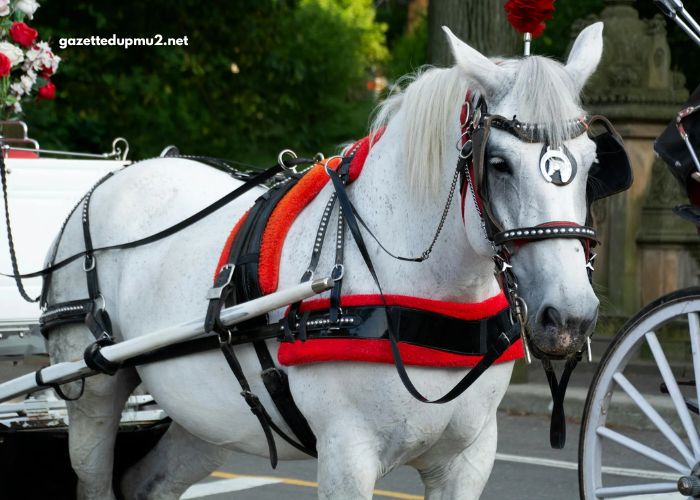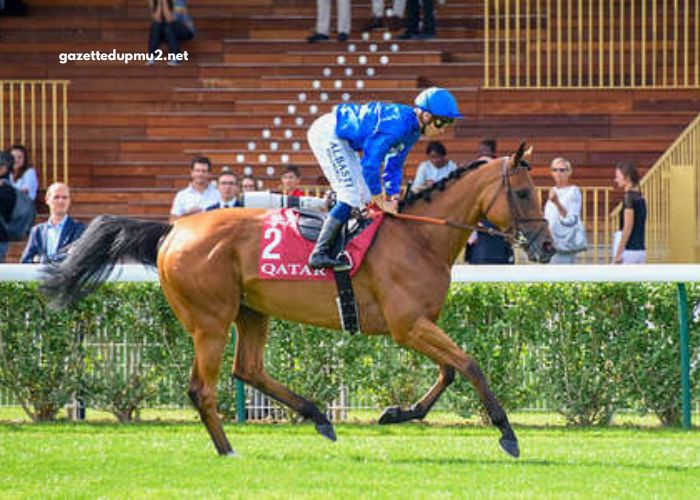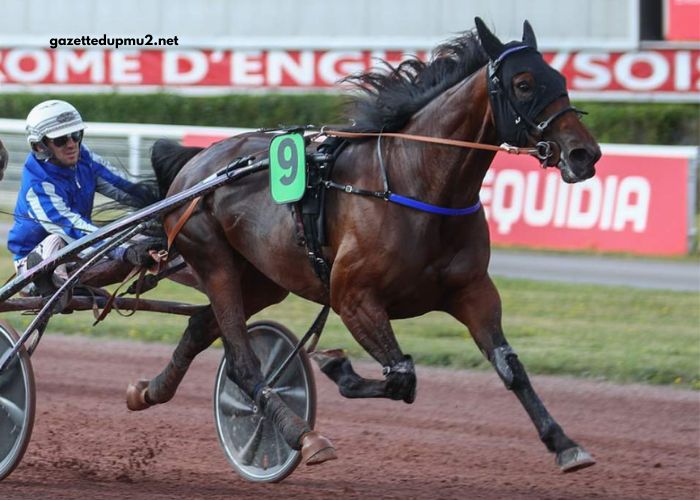In the thrilling world of horse racing, understanding intricate strategies can make all the difference between winning and losing. Passage Obligé Minarik is one such concept that has gained importance among turf enthusiasts and professional bettors aiming to sharpen their edge.
The sport is not just about speed but also about timing, position, and tactical movement. The idea behind Passage Obligé Minarik plays a significant role in these tactical considerations, offering valuable insight into race dynamics and how to maximize betting success.
What Is Passage Obligé Minarik And Why Is It Important?
Passage Obligé Minarik refers to a strategic point or passage in horse racing where the movement of a horse becomes crucial to its performance. This concept highlights the narrow sections or chokepoints on a race track that can either facilitate or hinder a horse’s progression during a race.
Recognizing these passages allows jockeys and bettors to predict the most advantageous positions, which can influence the outcome of the race. For bettors, understanding Passage Obligé Minarik means better anticipation of horse performance under different race conditions and scenarios.
The importance of this concept lies in its ability to reveal potential bottlenecks or openings during a race, enabling more informed betting decisions. Knowing where a horse is likely to encounter resistance or find clear running space can drastically improve race forecasts.
How Does Passage Obligé Minarik Influence Race Tactics?
Race tactics in horse racing often hinge on how a jockey navigates through the racecourse, especially in critical sections defined by Passage Obligé Minarik. These passages often represent areas where horses must either slow down or speed up, and how well a jockey manages this can determine the race’s outcome.
Jockeys who skillfully maneuver through these strategic passages can conserve energy for crucial moments, position their horses advantageously, and avoid traffic congestion. This tactical mastery is something professional bettors analyze when placing their wagers.
Moreover, horses with certain running styles may perform differently depending on their ability to handle such passages. Front-runners might benefit from clear passages, while closers rely on timing their moves through these bottlenecks.
Understanding how Passage Obligé Minarik shapes race tactics provides bettors with deeper insight into jockey decisions and horse behavior, helping to refine betting strategies.
What Are The Key Factors Affecting Passage Obligé Minarik?
Several factors impact the nature and effect of Passage Obligé Minarik during a race. Track design, including width, turns, and surface conditions, can create or eliminate such critical passages. For example, narrow stretches or sharp bends tend to form natural passages where positioning is vital.
Weather and track conditions, such as rain making surfaces slippery or muddy, can also influence how horses negotiate these passages. A passage that is advantageous in dry conditions may become a hazard under wet conditions.
Additionally, the number of horses running and their pace significantly affect how these passages play out. In a crowded field, jockeys must be more vigilant about finding and maintaining passage to avoid getting boxed in.
Knowing these variables allows bettors to consider race-specific circumstances when evaluating Passage Obligé Minarik, making their predictions more accurate.
How Can Bettors Use Passage Obligé Minarik To Improve Predictions?
Bettors who incorporate Passage Obligé Minarik into their analysis gain a tactical advantage by anticipating how race dynamics unfold in critical sections of the course. This approach involves examining race replays, jockey styles, and horse preferences for certain race conditions.
By identifying horses and jockeys adept at handling these passages, bettors can better estimate which runners will maintain momentum or struggle during key moments. This knowledge can influence betting choices significantly, especially in markets like exactas, trifectas, or place bets.
Furthermore, bettors use Passage Obligé Minarik to assess potential race flow disruptions. For instance, a favored horse stuck behind others in a narrow passage may lose ground, making it a riskier bet despite overall form.
Incorporating this concept helps bettors move beyond superficial statistics, focusing on real-time race scenarios and tactical positioning to refine their betting strategies and increase winning chances.
What Tools And Techniques Support Analysis Of Passage Obligé Minarik?
Advanced technology has transformed how horse racing strategies like Passage Obligé Minarik are analyzed. High-definition race footage, GPS tracking, and race modeling software enable detailed observation of horse movement through critical passages.
These tools help experts and bettors visualize bottlenecks and openings, study jockey decision-making, and predict how future races might unfold. Video analysis, in particular, allows for slow-motion review of how horses navigate passages and interact with competitors.
In addition to technology, expert commentary and jockey interviews provide qualitative insights that enrich understanding of Passage Obligé Minarik. Learning from seasoned professionals adds context that pure data might miss.
Combining these tools and techniques equips bettors with a comprehensive perspective, blending data-driven insights with human expertise to decode this complex race strategy.
How Does Understanding Passage Obligé Minarik Impact Betting Outcomes?
An in-depth grasp of Passage Obligé Minarik can transform how bettors approach horse racing. This knowledge enables them to predict race scenarios more realistically, considering factors beyond speed and past performance.
Understanding this concept helps identify value bets where a horse’s position relative to key passages can lead to surprising results. It also assists in managing risks by spotting horses likely to face traffic issues or unfavorable race conditions.
Over time, bettors who consistently apply Passage Obligé Minarik analysis tend to improve their win rates and profitability. This strategic insight is especially valuable in competitive betting environments where margins are slim and information is crucial.
Ultimately, incorporating Passage Obligé Minarik into betting models elevates the depth and accuracy of predictions, making it a vital element for serious turf bettors.
Conclusion
Passage Obligé Minarik is a vital tactical concept in horse racing that highlights critical points on the track affecting a horse’s race performance. By understanding and applying this concept, bettors gain a significant advantage, allowing for more precise predictions and strategic wagering.
approach blends race analysis, jockey skill evaluation, and environmental factors, providing a comprehensive framework that can enhance betting success for those passionate about turf racing.





